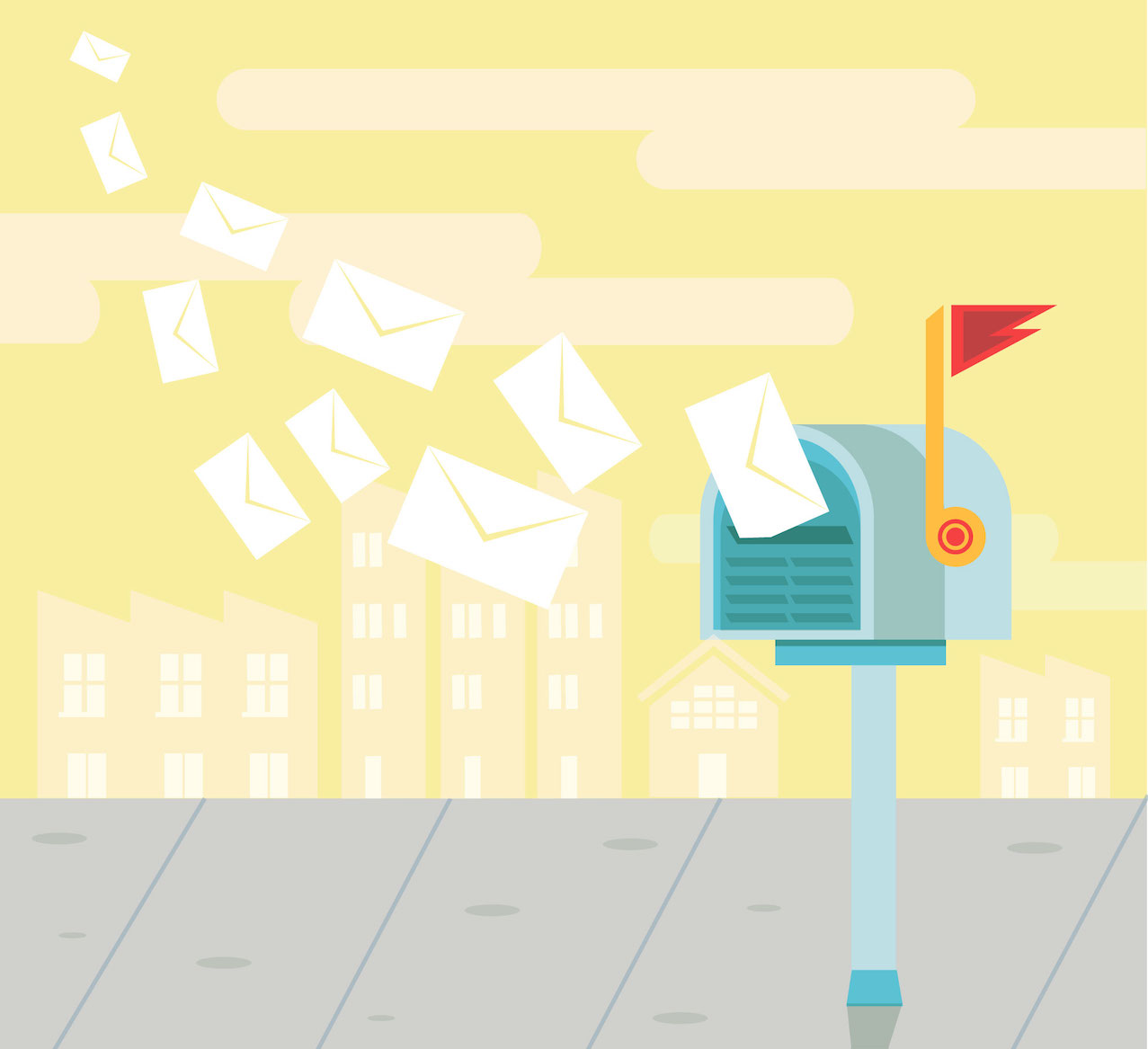With all the technology that we have at our fingertips, one of the most trusted advertising and marketing strategies that we have at our disposal is direct mail. The strategy is in every politician or real estate agent’s playbook, and they still rely on consumers opening their mailboxes to see flyer after flyer as direct mail continues to demonstrate its relevance and adaptability. Recent insights from industry experts highlight how traditional mail not only maintains its effectiveness but also offers innovative avenues for engagement.
Direct Mail’s Enduring Impact
Despite the surge of digital marketing channels, direct mail remains a formidable tool for reaching audiences. A recent article emphasizes that many respondents find direct mail delivers a competitive return on investment, often surpassing digital-only strategies. This success is attributed to direct mail’s tangible nature, which fosters a personal connection and stands out in an era dominated by electronic communication.
Innovative Storytelling Through Mail
Beyond traditional marketing, direct mail has ventured into creative storytelling. Horror author David Viergutz introduced “Scaremail,” a subscription service that delivers a serialized horror narrative through bi-monthly letters. This approach not only captivates readers but also exemplifies how direct mail can be leveraged to create immersive experiences. Subscribers receive letters containing links, cryptic symbols, and postcards, enriching the storytelling and building anticipation for each installment.
Engaging Younger Audiences
Direct mail’s appeal extends across generations, including Millennials and Gen Z. These demographics value authenticity and tangible experiences. To resonate with them, marketers are integrating technology with print, such as QR codes and augmented reality, creating interactive and personalized content that bridges the gap between physical and digital realms.
Combining Direct Mail with Digital Marketing
While direct mail excels at capturing attention, pairing it with digital marketing can amplify its impact. Email campaigns can serve as a follow-up to direct mail efforts, reinforcing messages and prompting action. For example, a brand can send a personalized postcard with a QR code directing recipients to an exclusive landing page, followed by a targeted email reminder. This omnichannel approach enhances customer engagement, creates multiple touchpoints, and increases the likelihood of conversion. Automation tools make it easier than ever to synchronize direct mail and email marketing campaigns. Brands can trigger follow-up emails based on mail delivery dates or customer interactions, creating seamless experiences that nurture leads across channels.
The Sensory Advantage
One of direct mail’s unique strengths is its ability to engage multiple senses. Tactile elements, diverse textures, and even scents can make a mail piece memorable. In an age where electronic messages are ephemeral, the physicality of direct mail offers a lasting impression, making it a powerful tool for marketers aiming to create meaningful connections. Direct mail has not only sustained its relevance but has also evolved, embracing innovation to engage audiences in novel ways. When combined with digital marketing strategies like email follow-ups and personalized landing pages, direct mail becomes an even more powerful channel. Whether through delivering immersive storytelling experiences or integrating with digital technologies, direct mail continues to be a dynamic and effective medium in the marketing toolkit.
Photo by Freepik



